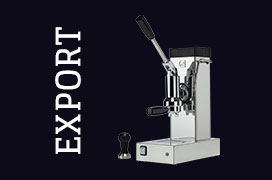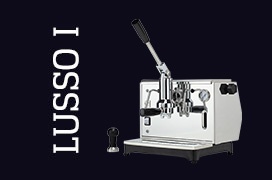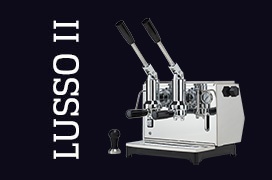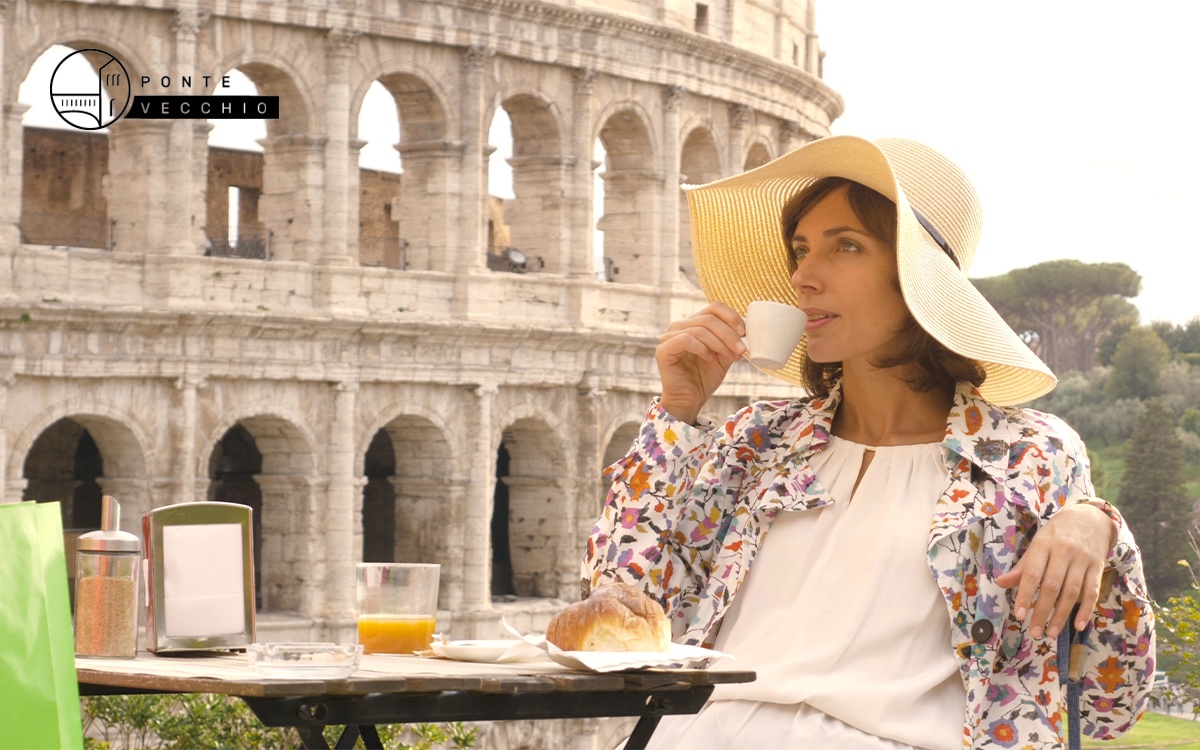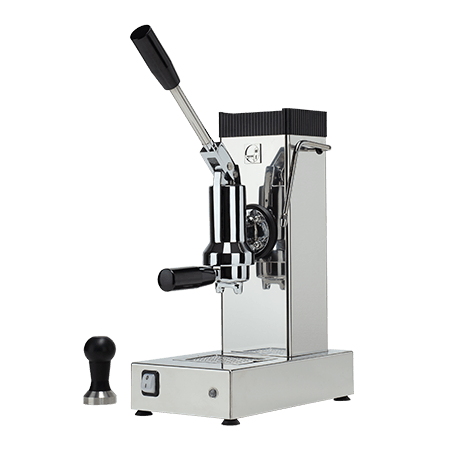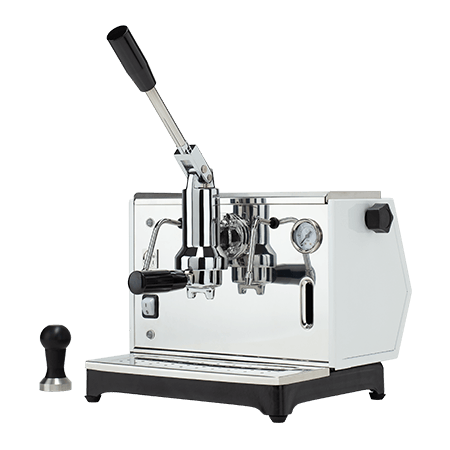Espresso or short coffee, served in glass or in a large cup, macchiato or flat white, there are many ways to order a coffee at the bar.
But what is the real Italian coffee?
It seems to be a strange question to ask those who have always been in charge of producing coffee machines.
However, Italian coffee is a concept that cannot be linked to a specific drink.
Our country has evolved over the years preserving many traditions that are part of cultural baggage of uses and customs, handed down over the centuries.
In every place of the country, coffee has taken very specific characteristics, due to the weather, consumption habits, and the way of living the “sociality”.
The history of espresso coffee started far away from Italy and reached our coasts around the end of the 16th century, thanks to foreign trade.
Coffee beans have been first imported by Venetians, who have also opened the first shops where coffee was sold.
However, our country is proud of having perfected the roasting process that provides the coffee beans with organoleptic characteristics that make this drink pleasant and tasty.
In addition to the roasting process, Italy invented two percolation systems still use today: the traditional Moka and the espresso machine.
The Moka is made by two steel parts that screw together. Is one of the most popular kitchen accessories.
The professional coffee machine is the main tool in bars, cafés, and clubs throughout the peninsula.
Thanks to this tool, invented in the 1900s, even today it’s possible to have an espresso as we all know: creamy, thick, tasty, and full-bodied.
Just pull the lever and the espresso will be served in a few moments.
What’s the real Italian coffee?
Around the world, there are many methods to extract coffee, each with its own features and with many admirers.
One of the most popular methods is the French press, with which it is possible to obtain a consistent drink, with a strong and unmistakable taste.
The cold brew is a very popular method too, because even if it’s cold, it provides you with a pleasant and light coffee.
In addition to these methods, American coffee, in large cups and Turkish coffee, which is the result of a real preparation ritual, are also very popular.
But with all these alternatives, why is Italian coffee considered the best coffee in the world?
The thing is that Italian coffee is more than a simple drink, it’s a symbol.
It’s a fact that it has a superior taste just as it’s undeniable that its preparation requires experience and mastery.
However, the espresso coffee cup represents the Italian lifestyle, the sharing, the beauty of our squares, the vitality of our fellow citizens, the ability to live with lightness and passion.
The success of our coffee worldwide, therefore, it is only marginally related to mastery in roasting and to the selection of the blends.
The espresso is a choice, a status symbol.
There are many places abroad that decided to serve the real Italian coffee.
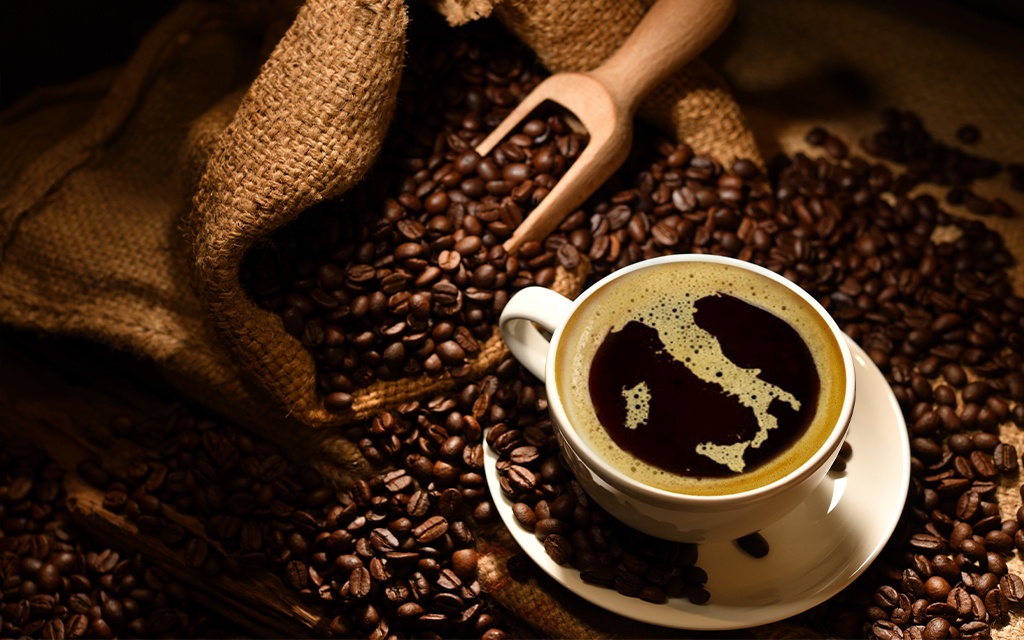
The positioning is decided with extreme care, targeted to a niche market who loves to stand out and get out of the commercial logic that is taking over, making everyone similar and homologated.
Espresso, but which one?
Often when we talk about espresso we tend to generalize, thinking that is the same coffee in every single corner of the country.
However, Italy is very varied, and traditions may change a lot even moving to the nearest town.
And, if small things are different just passing through the nearby village, going from Nord to South, there may be profound differences in shades, consistency, taste features and the quantity of coffee in the cup.
So, when travelling, you must be ready to taste each variation, without prejudices or preconceptions.
The important thing is to remember that coffee encompasses the experience, history, encounters, culture of the people who prepare it and is the result an evolution overtime.
In addition to the cultural richness represented by the espresso, coffee also lends itself to extremely different ways of consumption.
Spending a few moments at the bar counter you can see a myriad of different ways to taste the drink: cappuccino, marocchino, mocha, short coffee, flat white, cold flat white, coffee with milk, decaf, cold coffee, iced coffee, Salentino coffee, double espresso.
Well, there are so many varieties that our bartenders seriously deserve special recognition for their patience and ability to get the order right at the first try!
Therefore, when we talk about espresso, actually, we cannot talk about a single drink. Probably, the only element that the drink that we call espresso has in common is the speed of the service and the quick consumption of it, directly from the bar counter.
The invention in the “Bel Paese”
Coffee is part of the Italian tradition since 1683, when the first sales point for the marketing of coffee was opened in Venice.
Even if there are no coffee crops in our country, already in the last years of the 16th century, Venice was carrying on the sale of coffee.
For some time, the Church opposed the spread of this drink. Only after the approval of Pope Clement VIII it began to conquer the whole country.
From that moment, Italian coffee made history, becoming a ritual to be consumed in all meeting places, from workshops to popular places.
But the turning point was in the 1900s.
Some years before, in the 1855, a system to reduce the preparation of coffee was presented in Paris, but most of all, to make customers wait less time at the bar counter: the espresso.
After the appearance at the international exhibition in Paris, many engineers began to perfect the extraction method, reducing time and improving the taste of the drink.
The first espresso coffee machine was patented by Luigi Bezzera, with a steam extraction system.
In 1948, Achille Gaggia created a system that is still used nowadays: pressure extraction.
The Gaggia pressure coffee machine is the one that gave the texture to the coffee that we still appreciate today, dense, and creamy, with an intense flavour and taste.
The umpteenth evolution was in the horizontal boiler of La Pavoni, conceived by Giò Ponti. He made a revolution among coffee machines design, making them characteristic and, particular.
The 1961 was the year of the thermosiphon circulation system which helped to keep water warm for a long time, without having to wait to prepare every single coffee.
In 1933 Alfonso Bialetti created the Moka, very similar to the one that can be found in Italian homes.
What makes Italian coffee so good
Learning to make espresso is a real art.
Actually, you can make the same movement many times, but the thing is that to extract a tasty coffee you must pay attention to so many details.
The less experienced think that it’s enough to buy ground coffee, fill the filter holder and screw the Moka or put the arm in the Made in Italy coffee machine to sip a high-quality drink.

But the taste, consistency and aromatic hints are the result of a long and demanding job that starts from the choice of the coffee machine up to the selection of the blend and roasting of the beans.
Let’s see every single step to understand what makes Italian coffee better than others.
Coffee beans roasting process
One of the elements that makes Italian coffee special is the roasting process.
Coffee beans, in fact, are originally green, and they have a bitter taste reminiscent of grass.
To provide the powder with that characteristic aroma and taste that we feel when we get in a bar, the beans are subjected to a roasting process.
That is, they are cooked at high temperatures until they dry out and lose their water content.
With the roasting process, furthermore, their volume changes, and they become lighter, assuming the dark colour to which we have been accustomed.
Although Italy is not a coffee farmer, the roasting process is done with extreme precision in the whole peninsula.
From North to South there are many coffee roasteries capable of giving coffee beans an exceptional taste, with experience and craftsmanship.
It is an all-Italian excellence that gives the beans the taste we know, by perfectly setting the machinery.
The grinding of the beans
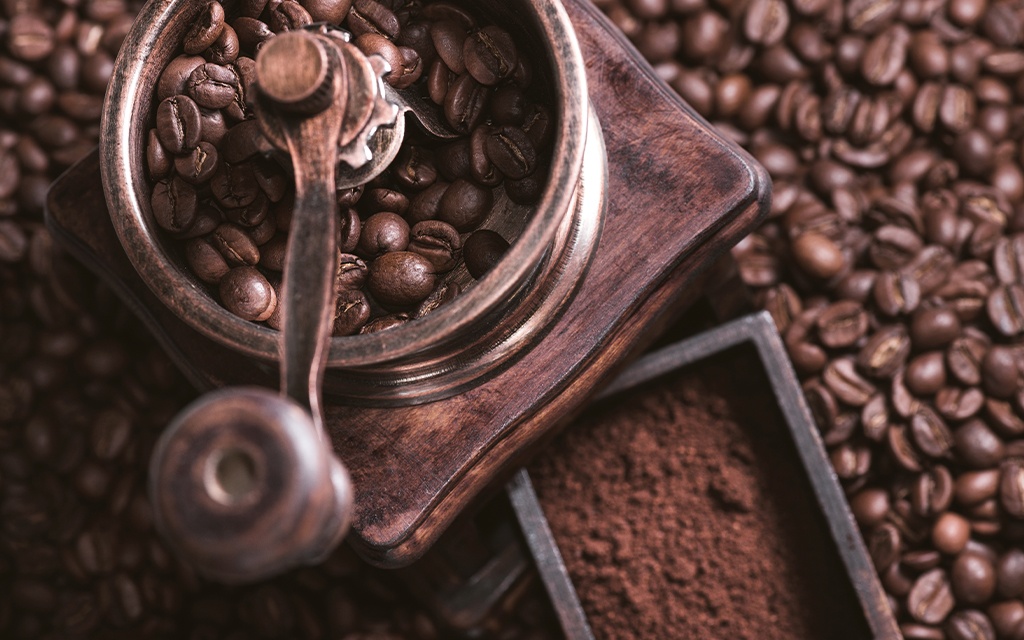
Another important thing to consider is the grinding of the beans.
Depending on whether it is used a professional coffee machine or a traditional Moka, it is important that the powder has a different texture.
Generally, the professional coffee machine requires a thicker texture, while coffee for home use must be finely ground.
On the market, it is possible to buy both coffee beans and pre-ground powder.
However, it’s always recommended choosing a coffee that reacts better to external stresses and keeps its organoleptic features unchanged for a long period.
To coffee lovers, we suggest getting a coffee grinder in order to grind the beans on the spot and be able to fully appreciate the aroma of the coffee.
The package of coffee, once opened, tends to deteriorate quickly, losing its taste features.
The magic touch of the bartender
As we told you before, gestures are essential to extract an optimally calibrated coffee.
When it comes to preparing espresso, the bartender must handle the coffee machine carefully, dosing the right quantity of coffee powder, waiting for the water to be at the right temperature and, interrupting the brewing before the powder residues come out.
To learn how to make coffee, you have to do a lot of practice.
It’s not easy to get everything right at the first try and, most of all, being able to repeat the result.
While practicing, you will start understanding how to handle the machine, how long water and powder should be in contact before starting brewing and, you’ll notice if something went wrong.
The less experienced, often, tend to underestimate some steps like the pressure to be applied to the coffee or the choice of water.
But who has made coffee a cult, know that nothing should be overlooked, not even the way to store coffee.
The made in Italy coffee machine
For those who dream of preparing the real Italian coffee at home, the coffee machine is a primary element.
It’s thanks to a high-quality coffee machine that is possible to extract a drink with a unique taste.
Having a Made In Italy appliance, allows you to obtain a perfect espresso but also to fully enjoy all the stages of preparation.
We are talking about a real ritual, made of poetry, history and tradition that has been handed down since 1900.
All over the world, in fact, when we talk about Italian coffee, we think of that prepared with the traditional and professional coffee machine, which is found in a quarter of the bars spread across the planet.
Made In Italy coffee machines, actually, hold most of the world market shares with a turnover of over 430 million euro.
The countries that recognize the value of Italian machinery are Germany, the United Kingdom, Korea, China, and Japan.
Why are Made In Italy coffee machines the best for preparing espresso?
The Made In Italy has always been synonymous of high-quality materials and an obsessive attention to all stages of design.
Pontevecchio lever coffee machines are made of stainless steel and brass, in order to guarantee the durability of each piece of equipment.
The attention to the assembly stage serves to ensure that each component is perfectly functional.
The craftsmanship of the products is a safety for the consumer who can count on the skill and experience of our manufacturers.
In addition to functionality, the made in Italy is also a symbol of design and beauty.
Our coffee machines are conceived as appliances, able to enhance every corner with elegance. If you want to prepare a perfect Italian coffee, discover the Pontevecchio models. Only in this way will you be able to experience all the essence and rituality of a real Made in Italy espresso.
